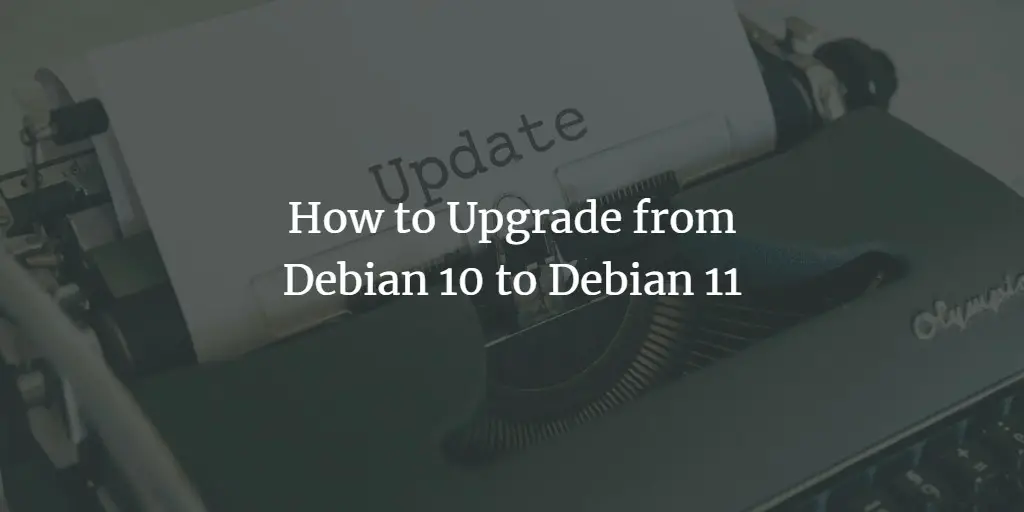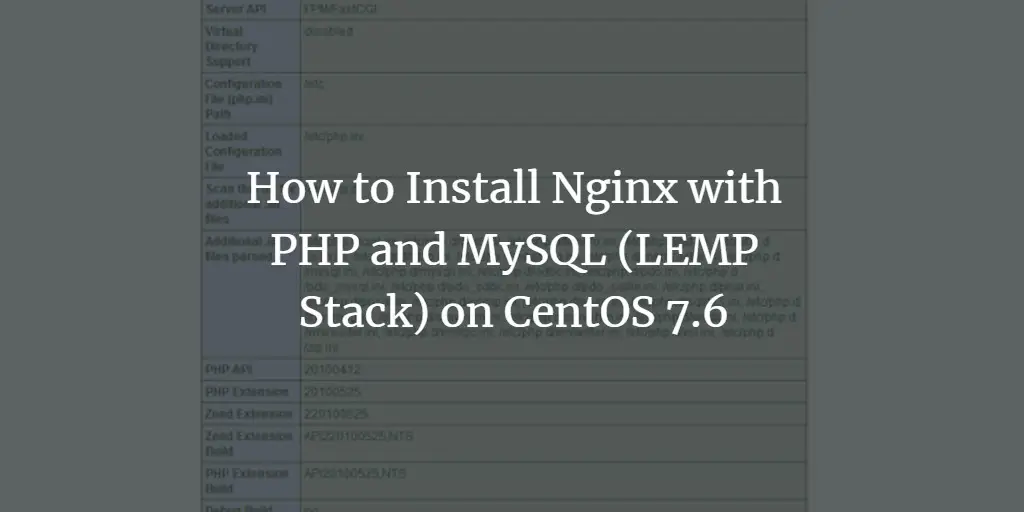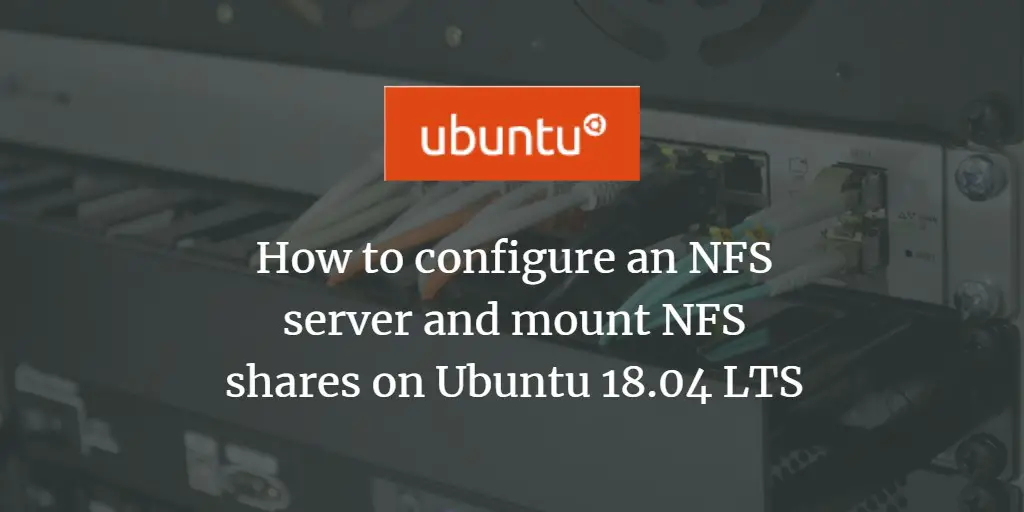Articles by howtoforge
-
How to Upgrade from Debian 10 to Debian 11
Author: howtoforge • Tags: debian, linux • Comments: 4Debian 11, codename "Bullseye" has been released on 14th August 2021. It is a stable release and is supported for the next 5 years. In this article, I will show you how to upgrade from Debian 10 to the new Debian 11 in a few easy steps.
-
What does null mean in Linux and Computing
Author: howtoforge • Tags: linux • Comments: 0In this article, I will give you a short explanation of what the value null or the null device means in the computing world.
-
How to Install Nginx with PHP and MySQL (LEMP Stack) on CentOS 7.6
Author: howtoforge • Tags: centos, linux, mysql, nginx, php, web server • Comments: 7Nginx (pronounced "engine x") is a free, open-source, high-performance HTTP server. Nginx is known for its stability, rich feature set, simple configuration, and low resource consumption. This tutorial shows how you can install Nginx on a CentOS 7.6 server with PHP support (through PHP-FPM) and MySQL (Mariadb) support.
-
-
The Linux tar Command Explained
Author: howtoforge • Tags: linux, shell • Comments: 5The Linux tar command is the swiss army of the Linux admin when it comes to archiving or distributing files. Gnu Tar archives can contain multiple files and directories, file permissions can be preserved and it supports multiple compression formats. The name tar stands for "Tape Archiver", the format is an official POSIX standard.
-
How to configure an NFS server and mount NFS shares on Ubuntu 18.04
Author: howtoforge • Tags: linux, storage, ubuntu • Comments: 5Network File System (NFS) is a popular distributed filesystem protocol that enables users to mount remote directories on their server. The system lets you leverage storage space in a different location and write onto the same space from multiple servers in an effortless manner. It, thus, works fairly well for directories that users need to access frequently. This tutorial explains the process of mounting NFS share on an Ubuntu 18.04 server in an simple and easy-to-follow steps.
-
Linux Basics: How To Create and Install SSH Keys on the Shell
Author: howtoforge • Tags: linux, security, shell • Comments: 5SSH keys offer a highly secure manner of logging into a server with SSH as against mere dependence on a password. This tutorial shows you how to generate an SSH key pair by using the ssh-keygen command and how to configure the SSH Daemon to only allow logins by key.
-
How to Install Zulip Chat Server on Debian 9
Author: howtoforge • Tags: linux, server, ubuntu • Comments: 4Zulip is a free and open source group chat application software that can be used for sharing private and public messages. In this tutorial, we will learn how to install Zulip chat server on Debian 9.
-
Samba Server Installation and Configuration on CentOS 7

 Author: howtoforge •
Tags: centos, linux, samba, storage •
Comments: 83
Author: howtoforge •
Tags: centos, linux, samba, storage •
Comments: 83 This guide explains how to configure samba server on CentOS 7 with anonymous and secured samba shares. Samba is an Open Source/Free Software suite that provides seamless file and print services to SMB/CIFS clients. Samba is freely available, unlike other SMB/CIFS implementations, and allows for interoperability between Linux/Unix servers and Windows-based clients.
-
Securing ISPConfig 3.1 With a Free Let's Encrypt SSL Certificate
 Author: howtoforge •
Tags: ispconfig, security, ubuntu •
Comments: 63
Author: howtoforge •
Tags: ispconfig, security, ubuntu •
Comments: 63 This tutorial shows how to create and configure a free Let's encrypt SSL certificate for the ISPconfig interface (port 8080), the email system (Postfix and Dovecot/Courier), the FTP server (pure-ftpd) and Monit.
-
How to Monitor Linux Servers using CloudStats
 Author: howtoforge •
Tags: centos, commercial, debian, fedora, linux, monitoring, server, ubuntu •
Comments: 4
Author: howtoforge •
Tags: centos, commercial, debian, fedora, linux, monitoring, server, ubuntu •
Comments: 4 CloudStats is a server monitoring platform which allows you to easily not only monitor your whole server infrastructure but also to act immediately and resolve issues. CloudStats monitoring tool does not require any special skills or knowledge to perform setup and start monitoring your server, URL or IP.







